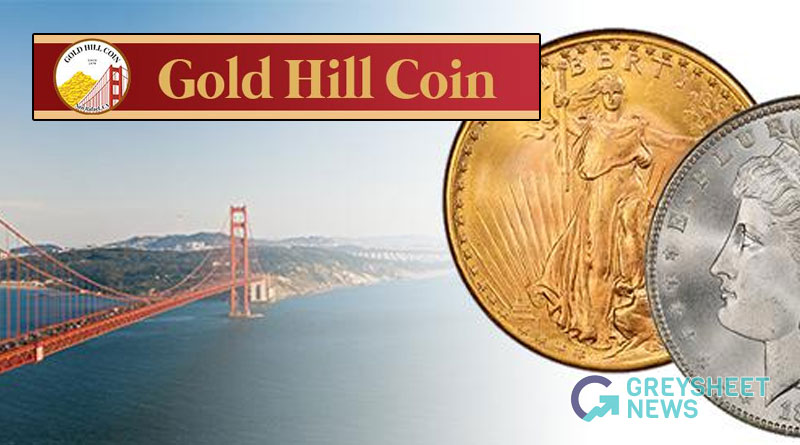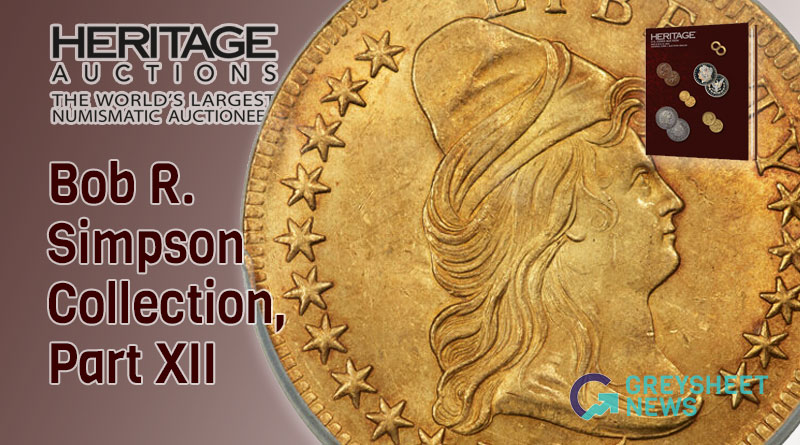- U.S. Coins /
- Small Cents /
- Indian Head Pennies /
- Indian Cent Set /
- Indian Cent Set 1c 56 Coins MS RD
Indian Cent Set Cent 56 Coins
Business Strike, Red Surfaces
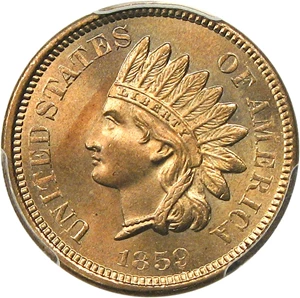
1859 1c PCGS/CAC MS66
Source: David Lawrence Rare Coins
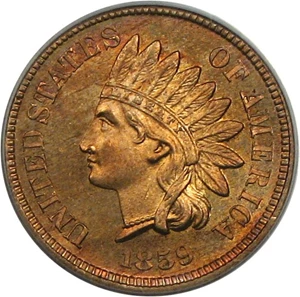
1859 1c PCGS MS66
Source: David Lawrence Rare Coins
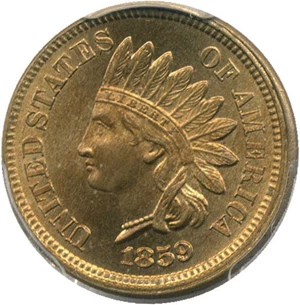
1859 1c PCGS MS66
Source: David Lawrence Rare Coins
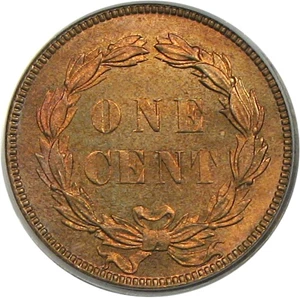
1859 1c PCGS MS66
Source: David Lawrence Rare Coins
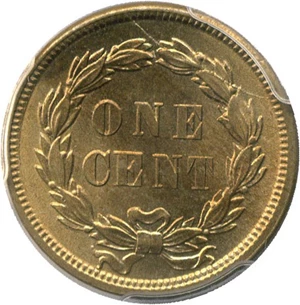
1859 1c PCGS MS66
Source: David Lawrence Rare Coins
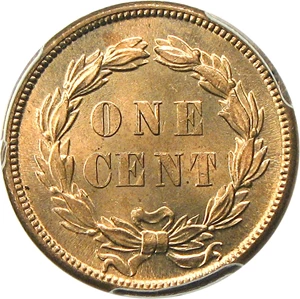
1859 1c PCGS/CAC MS66
Source: David Lawrence Rare Coins
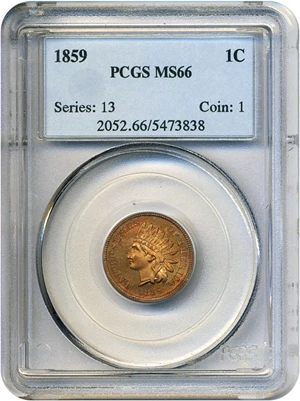
1859 1c PCGS MS66
Source: David Lawrence Rare Coins

1859 1c PCGS MS66
Source: David Lawrence Rare Coins
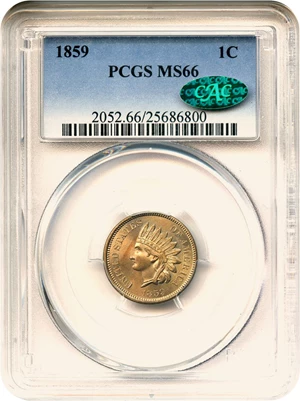
1859 1c PCGS/CAC MS66
Source: David Lawrence Rare Coins
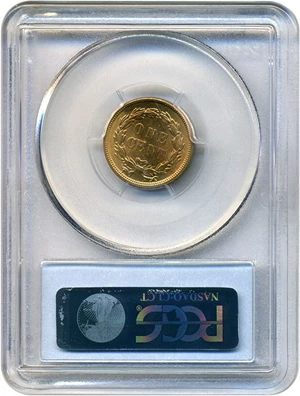
1859 1c PCGS MS66
Source: David Lawrence Rare Coins
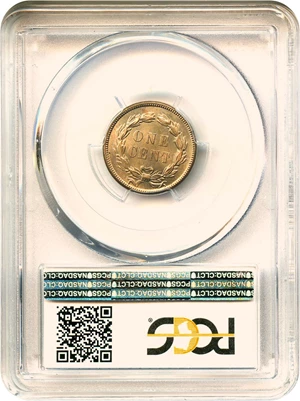
1859 1c PCGS/CAC MS66
Source: David Lawrence Rare Coins

Fr.2052-G 1928B $20 CGA Gem CU 66
Source: David Lawrence Rare Coins
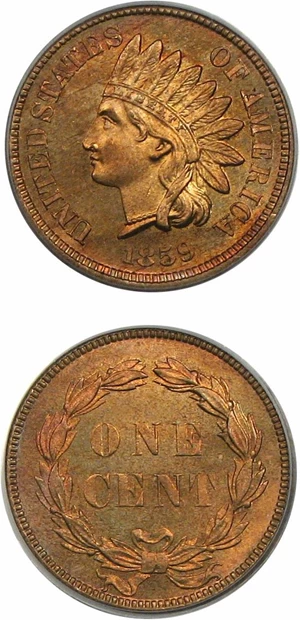
1859 1c PCGS MS66
Source: David Lawrence Rare Coins

1859 1C MS66+ PCGS. CAC....
Source: Heritage Auctions

1859 1C MS66+ PCGS. CAC....
Source: Heritage Auctions

1859 1C MS66+ PCGS. CAC....
Source: Heritage Auctions

1859 1C MS66+ PCGS. CAC....
Source: Heritage Auctions

1C 1859 PCGS MS66
Source: Legend Auctions

1C 1859 PCGS MS66
Source: Legend Auctions

1C 1859 PCGS MS66
Source: Legend Auctions




















Greysheet Catalog Details (GSID: 81283)
The Indian Head "penny" was minted until 1909, spanning some 50 years and becoming what was then one of the America's longest-running coin series, along with the contemporary Liberty Seated motif that ran on most of the nation's silver coins from the late 1830s through early 1890s. During that time, the Indian Head cent series spawned a plethora of semi-keys, a least one key, and many varieties.
The 1859 Indian cent is a one-year-only type, serving as the only issue without a shield depicted on the reverse. The wreath was modified and a shield added to the reverse in 1860, and in 1864 came a variety of changes to the series. In 1864, the cent's composition was changed from 88% copper, 12% nickel to 95% copper, 5% tin or zinc. There were two compositions used that year, with some 1864 cents made with the copper-nickel composition and others composed of bronze. Furthermore, some 1864 bronze Indian cents bear an "L" (Longacre's initial) on a ribbon near the bottom of Miss Liberty's headdress.
The coin's design and composition remained virtually unchanged after 1864. However, many of the 1860s and 1870s issues are scarce in all grades, with the 1877 Indian cent the serving as the most popular key date with a mintage of only 852,500 pieces. However, the 1877 cent is not the lowest-mintage Indian cent. That claim goes to the 1909-S Indian cent, which has a mintage of just 309,000 pieces and is only the second mintmarked issue in the series. The 1908-S Indian cent, which was the first mintmarked cent, is the third-scarcest regular-issue in the series with a mintage of 1,115,000.
Obverse: A portrait bearing the likeness of a Native American in full headdress framed by the words UNITED STATES OF AMERICA around the periphery. The date is centered at the bottom under the portrait.
Reverse: The reverse bears the denomination of ONE CENT in the center surrounded by a wreath bearing a ribbon with arrows tied in at the bottom center.
Catalog Detail
Greysheet & CPG® PRICE GUIDE
Related Stories (powered by Greysheet News)
View all newsAbout CDN Prices
All CDN prices are based on proprietary market knowledge and technology developed by CDN Publishing, LLC.
CPG® prices represent retail levels. Collectors should refer to CPG values as a starting place for their negotiations, or auction bid reference.
Greysheet/Greensheet prices are wholesale market levels for collectible coins/paper money intended to indicate what a dealer, or wholesale, buyer would pay for the described item in the specified grade. Greysheet/Greensheet represent "sight-seen" values based on a buyer's in-hand review. The actual value can be more or less than this depending on factors including eye appeal and market timing.
Bluesheet (NGC & PCGS) prices represent the highest sight-unseen offers to buy on dealer networks like CDN Exchange. In many cases, there are no active sight-unseen buy offers, so CDN looks to the recent lowest market values for such an item. For this reason, Bluesheet values typically represent the floor of the market for the specified item. CDN only tracks Bluesheet on certain items.
CAC prices are for U.S. coins that meet the standards of the Certified Acceptance Corporation. You can learn more about CAC on their web site.
Price movement is indicated for price changes in the last 30 days.
The prices listed in our database are intended to be used as an indication only. Users are strongly encouraged to seek multiple sources of pricing before making a final determination of value. CDN Publishing is not responsible for typographical or database-related errors. Your use of this site indicates full acceptance of these terms.


 Dealers Only
Dealers Only





